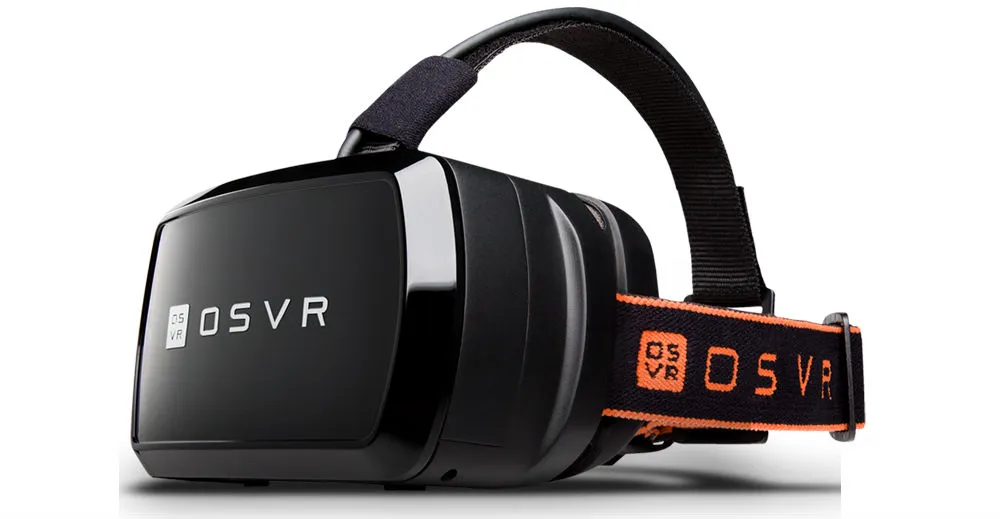I want very much to believe in the vision of Razer-backed Open Source Virtual Reality (OSVR), and a lot of early enthusiasts do too. OSVR is pitched as providing a truly open source VR platform in contrast with Facebook and Valve, companies that are very supportive of community efforts in VR, but which are also highly motivated to promote the success of their money-generating digital stores. My stomach doesn’t feel like OSVR is going to get very far though.
The latest demo I tried of the “Hacker Development Kit 2” hardware was one of the worst experiences I’ve had in VR. A number of factors could have contributed to making my cheeks tingle and mouth salivate, as if I was about to vomit, including doing the demo operating on only a few hours sleep and an empty stomach. All that is on me.
Razer, however, is responsible for giving a demo without position tracking, and I wasn’t told this before I leaned left and right a lot in VR to test the upgraded HDK 2 hardware. In addition, the software was a super high-speed Wipeout-like racing game with no cockpit. The developers of similar games like Radial-G went to great lengths to optimize their experience so there’s a visible cockpit giving you a frame of reference and keeping you feeling like you’re moving inside of a vehicle instead of being openly flung like a rag doll down a twisty course. The latter is what this game felt like.
After wearing the above on my face for a few minutes I didn’t have the stomach to try the next demo, which I was told did have position tracking. A videographer I was with tried the same demo as me while I recovered, and he found it uncomfortable too.
I left the Razer booth to find myself facing the massive two-story Oculus space at E3. Right across from one of the worst experiences I’ve had in VR there are people on the second story in a brightly lit room having what looks like amazing disc battle in Ripcoil in Rifts with Oculus Touch controls. It looks glorious and vaguely reminiscent of something from Tron Legacy.
And the demo I just saw made me sick from VR.
“We have positional tracking available on the HDK and we will be testing games on our side of things but ultimately the QA [Quality Assurance] for games will be done by the devs,” a Razer spokesman responded when asked about my experience. “We don’t prescribe developers how to manage their gameplay design but reviewers and users can do so. The experience you had was related to the gameplay and not the technology.”
I am unconvinced it was entirely the fault of the gameplay but it was a short demo. Razer offered to have me stop by the booth again to try a demo with position tracking, but I was already on my way home from E3. In the meantime, the interesting thing about OSVR is that if someone wanted to fix any problems with the platform they probably could. The software and hardware are open source, so anyone could go modify it right now to make sure it runs things more smoothly. It would just take an incredible amount of work.
OSVR was introduced in early 2015 by Razer and now the company is setting aside $5 million to encourage developers to include support for the technology in their software. If even a small percentage of consumers buy or use the $400 OSVR “Hacker Development Kit 2” and feel something like what I experienced inside the Razer booth at E3, developers may be actually doing themselves harm by taking the money and including support for something that makes people feel so bad.
If we get our hands on extended time with the latest OSVR hardware UploadVR will report back updated impressions.






























